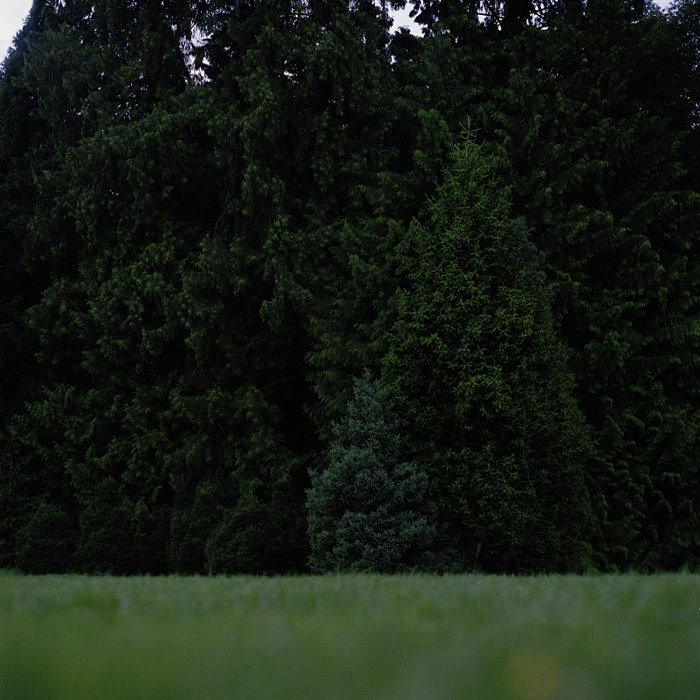Alan Saret: Brick Wall and Sun
Olafur Eliasson: Take Your Time
Børre SæthreStealth:Distortion (...must have seen it in some teenage wet dream)
这一件是整个NeoHooDoo主题展中我特别喜欢的一件作品, 屋里铺了一地薰衣草,气味很重,一进房间觉得像进了吉卜赛人的占卜铺子。台子上乱七八糟堆了造型奇怪的玻璃实验器皿,蜂鸟的尸体标本,古怪的植物学研究笔记,木雕的骷髅,晒干的植物,泥土等等。左边的书架从下至上每一层密密麻麻拍着各种个人物品,隐喻着从出生到死亡轮回间丰盛的记忆,但同时也透着神秘和凄凉。
José Bedia
Las Cosas que me Arrastran (The Things That Drag Me Along)
和美洲奴役史有关。船上装着象牙,狐狸标本,雪茄,麻织物,牛仔帽等等
Radcliffe Bailey:Storm at Sea
上面这三个作品是NeoHooDoo: Art for a Forgotten Faith主题展的一部分,“NeoHooDoo”隐含着一种宗教性,仪式性,和对自由精神的信仰。这个潮流始于十九世纪的文学和艺术创作,主要存在于美洲及原住民群岛。这个展览有很强的美洲土著文化意味和神秘的仪式感。
Leandro's work is exhibited in the first floor of PS1, just close to the main entrance, thus, it turns to be one of the most eye catching works in the museum. It seems as the Duplex gallery is just built for the work, or, the idea of the work is born according to the physical space of the gallery. As Leandro himself explained, the space is perfectly created a correct viewing order for his work. Undeniably, this work bend the boundaries of space with architectural installations that are, in one way or another, incomplete, unexpected, impossible, or disorienting.[1] Not only Leandro’s work, many other works exhibited in PS1 this season represent reflection of the architecture’s limitation and intend to break the normal spatial concept and perception. (Such works as Alan Saret’s Brick Wall and Sun, James Turrell’s Meeting, and Olafur Eliasson’s Take Your Time.) I think Leandro’s own statement is really important for understanding his work.
LE: I was born into a family of architects, and early on I found myself wondering about spaces, construction sites, apartments, and houses. I found that these spaces were able to hold information not just related to functionality, aesthetics, or social status, but also to a hidden layer of emotions and perceptions. I am interested in architecture as the background of our daily experiences: an emotional architecture. I think of ordinary spaces as the stage for a play. The play is, of course, our lives: we are continually interacting and in dialogue with our habitat. It defines us; it is the envelope of our existence and has a major role in the way things happen for us.
In my installations, the functional aspect of architecture either no longer exists or has been altered completely. Daily spaces—the architecture we take for granted—are very often where my work starts. The spaces I create become a poetic fiction for the viewer. Symbols and metaphors are hidden in doors, cabinets, living rooms, mirrored rooms, or inside a swimming pool.
So, it is not really the surreal but the “real” that interests me. The “very real”: the ordinary and the way that our notion of reality is conceived. There is no better place to question reality than in the ordinary.
The work itself also raises the cliché of museum’s role in contemporary art. What is museum capable of when it involves in the producing process as well as the representation of the art? Except as a functional architecture, can it experiment to be an environment which shifts the viewer's perception and experience of place and self?
I felt the curator is really intelligent to put Alan and Olafur’s work in the same floor. Both of their works are non-static and affected by the natural elements. Alan’s Brick Wall and Sun is set on the eastside of the museum, only in the morning when sunlight faces the exterior side of the building, a focused stream light shines down to the floor to make the sculpture on view. Oppositely, Olafur’s Meeting can only been viewed at the moment of sunset. But they parallel in the way of finding a time-driving space in nature, and creatively using the museum architecture.









没有评论:
发表评论